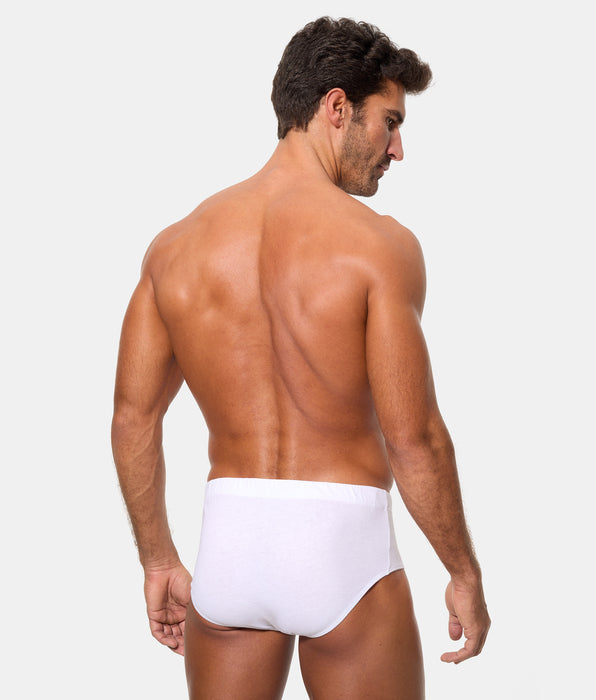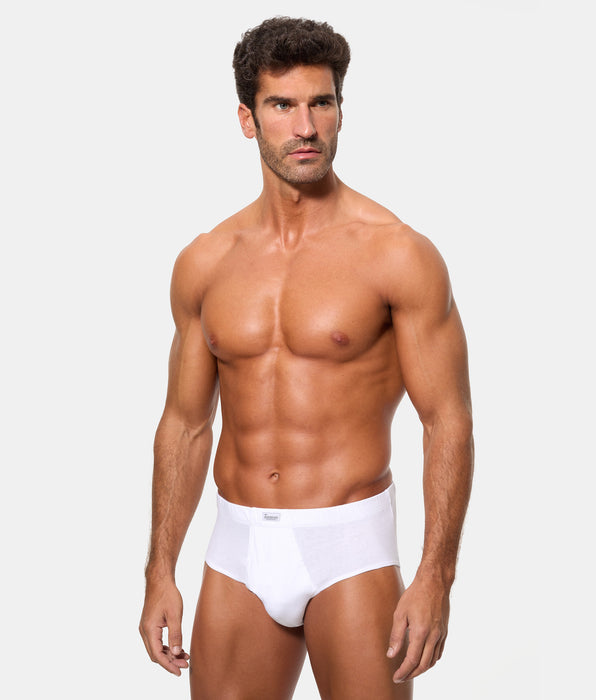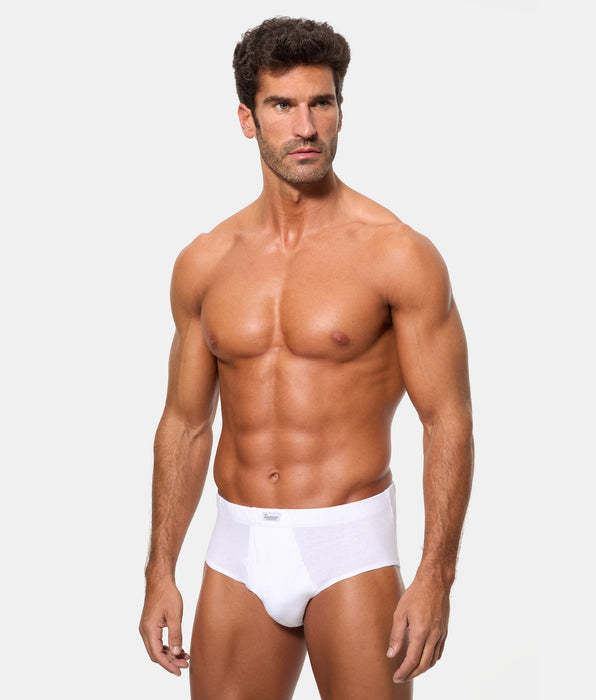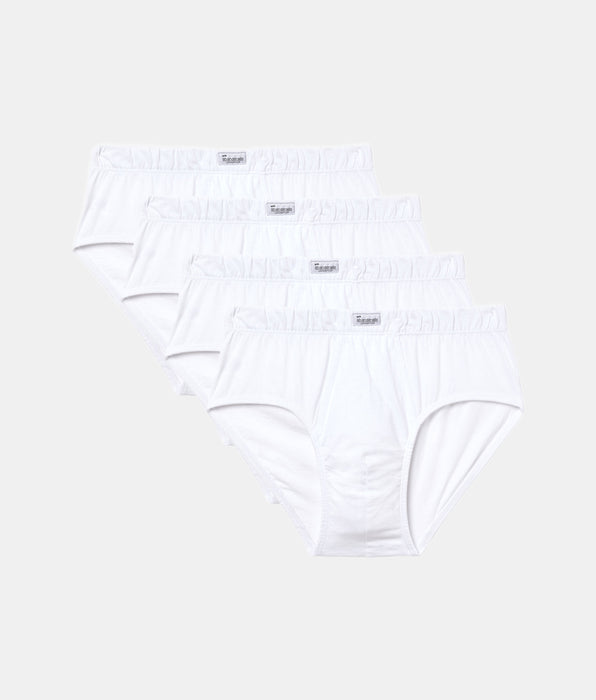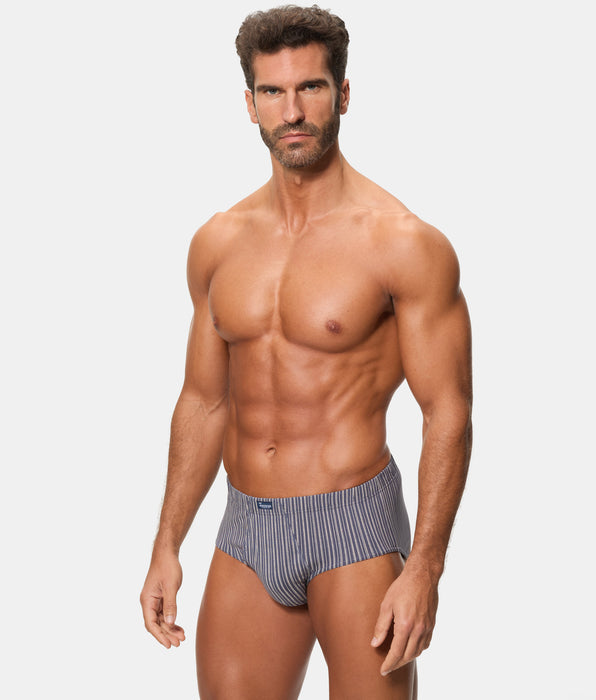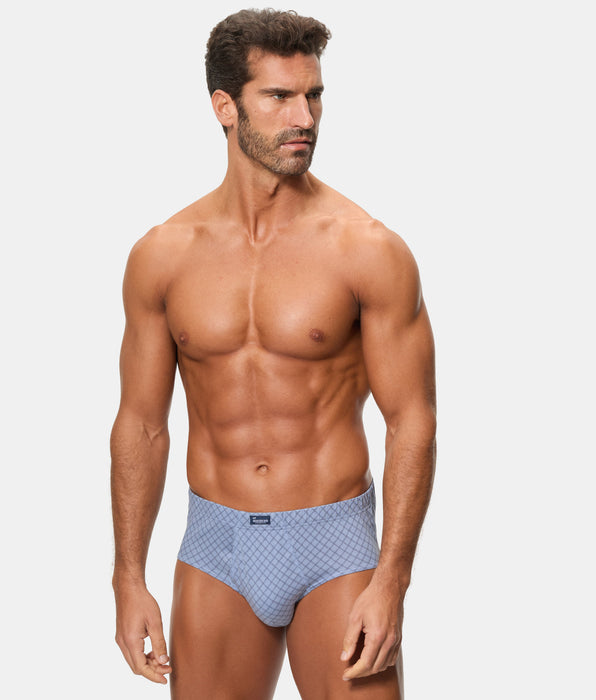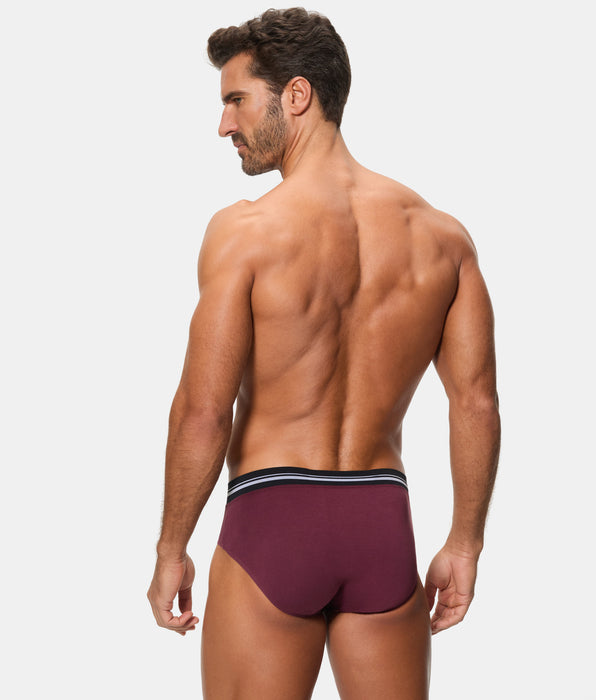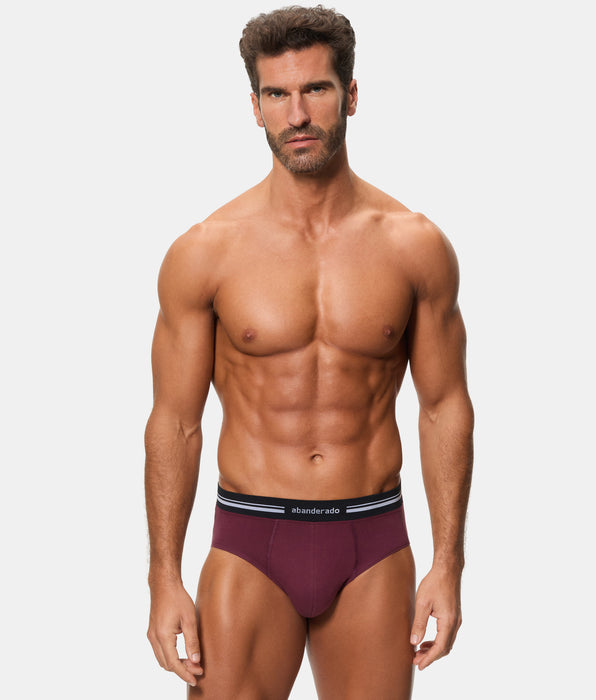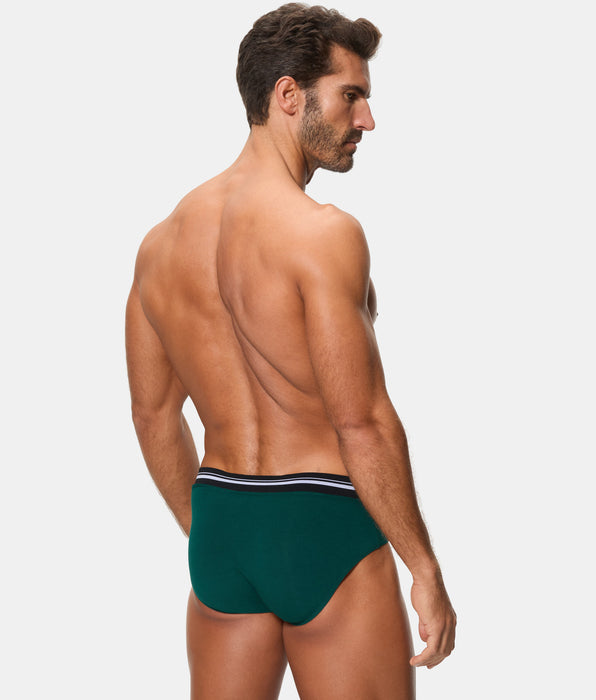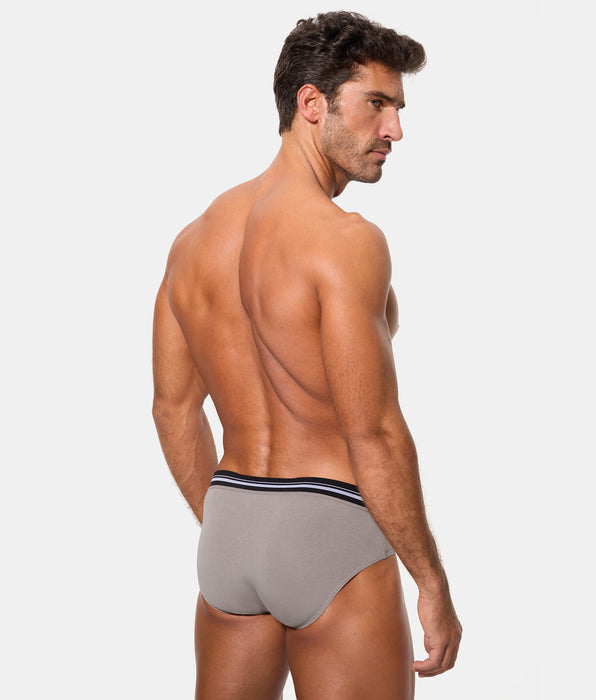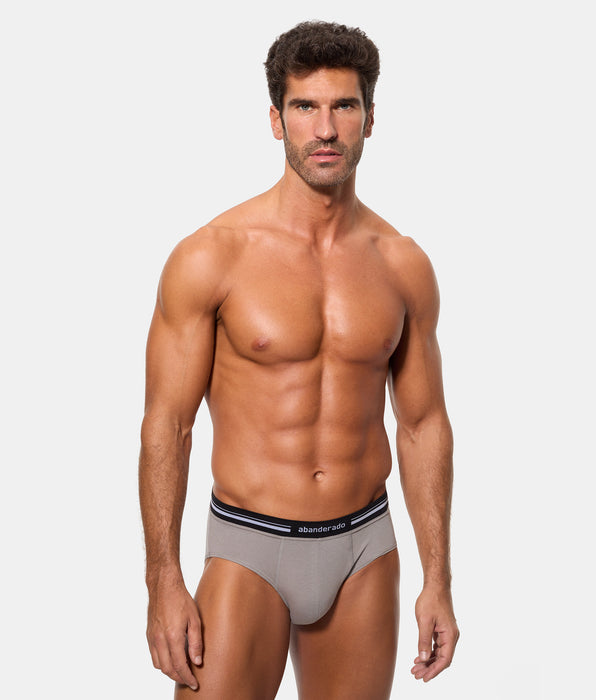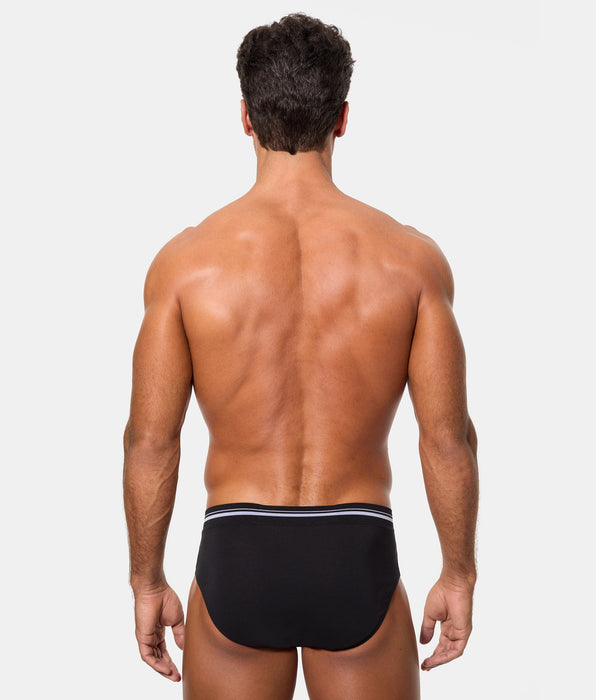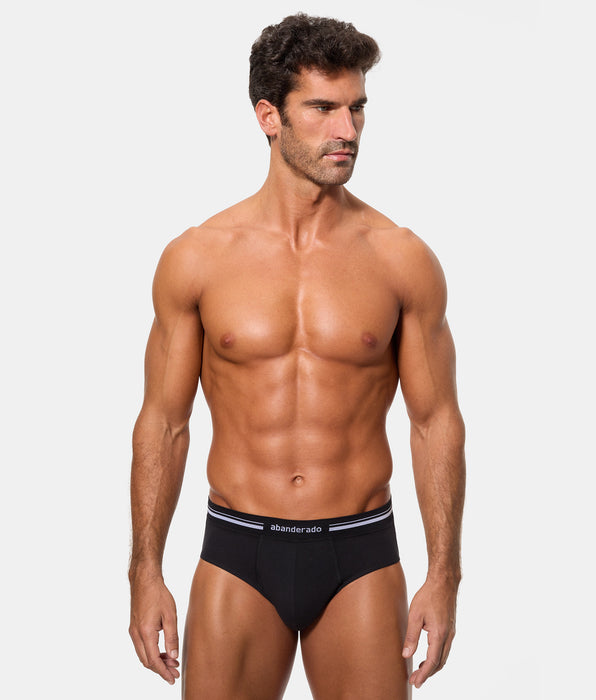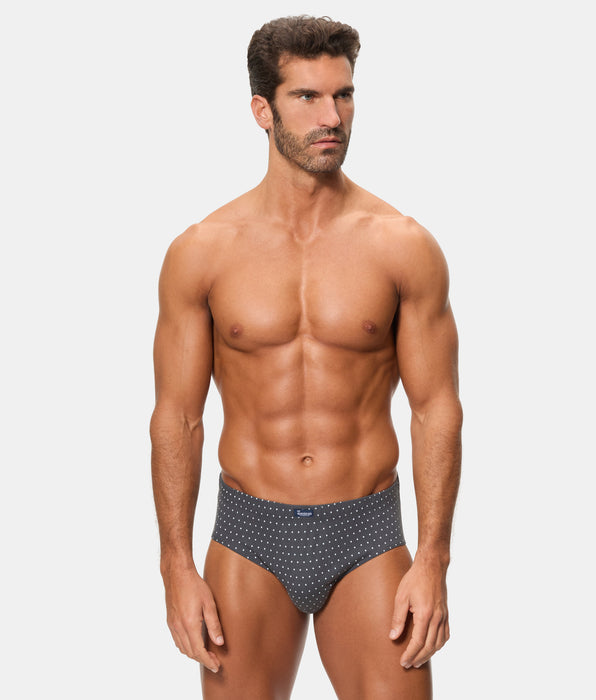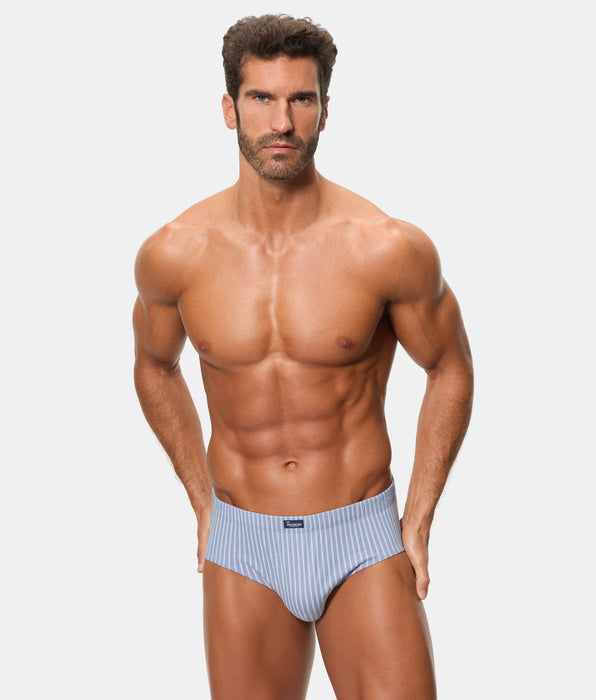How can you tell if you have a fabric allergy?
Since textiles come into direct contact with our skin, the symptoms of an allergy are clear and obvious. However, there are milder allergies that can go unnoticed because they present as a mild itching, for example. What are the most obvious causes of an allergy?- Hives . They appear similar to spider or mosquito bites. They become red and swollen and often itch, burn, and sting.
- Contact dermatitis . This presents as a skin irritation that can include itching, redness, and stinging.
- Redness . Red, irritated skin is one of the most common signs that you're suffering from a skin allergy.
- Itching . This may be the symptom we tend to give the least importance to, as we sometimes attribute it to factors such as shower gel, heat, or cold. However, if our skin itches when we wear a certain fabric, there's no doubt that the culprit is that particular item of clothing.
- Sneezing . Yes, depending on the textile fibers in your clothing, some can make you sneeze.
- Peeling and eczema . This is a more severe allergy that occurs in more serious cases. If your skin has reached this point, you should completely avoid those clothes and see a doctor for a solution.
100% natural fabrics, like cotton, won't cause any problems for your skin. This is especially important for people with sensitive skin.
Fabrics that cause allergies
Some fabrics cause allergies because they contain few natural fibers and are based on chemical substances. The only exception is wool, which, despite being 100% natural, can cause an allergic reaction . The most common skin reactions are those caused by using these fibers:- Polyester.
- Viscose.
- Nylon
- Elastane.
- Natural wool.
- Acrylic.
 Potential allergic reactions are due to the fact that these materials are less breathable and therefore have a lower moisture absorption capacity. The result is moisture accumulation on the skin, with negative consequences for it.
Potential allergic reactions are due to the fact that these materials are less breathable and therefore have a lower moisture absorption capacity. The result is moisture accumulation on the skin, with negative consequences for it.
Polyester allergy
Polyester allergy is an adverse skin reaction to synthetic polyester fabrics used in clothing and textile manufacturing . This may manifest as skin irritation, redness, rash, itching, or hives when the skin comes into contact with clothing containing polyester. This allergy can vary in severity and may require avoiding clothing made from this material.Viscose allergy
Viscose allergy refers to an allergic reaction to viscose fibers, a semi-synthetic material used in textiles. Symptoms can include skin irritation, redness, and itching, especially in areas where viscose comes into direct contact with the skin. Viscose allergy is less common than other types of textile allergies, but it can cause problems for people sensitive to the material.Nylon allergy
Nylon allergy is an allergic reaction to nylon fibers, a synthetic polymer used in the manufacture of clothing and accessories . Symptoms may include skin irritation, redness, itching, and a rash in areas that come into contact with nylon clothing. Although not as common as other fabric allergies, it can cause significant discomfort to the sufferer.Elastane allergy
Elastane is a synthetic material used to produce stretchy, form-fitting garments. A spandex allergy can manifest as skin irritation, rash, redness, and itching where the fabric comes into contact with the skin. This allergy can be especially bothersome when wearing tight-fitting clothing , such as activewear or support socks.Allergy to natural wool
Although wool is a natural material, some people may be allergic to the proteins found in wool , which is called a natural wool allergy. Symptoms can include intense itching, rash, redness, and, in severe cases, contact dermatitis. People with this allergy should generally avoid direct contact with wool or choose higher-quality wool that is less likely to cause irritation.Acrylic allergy
Acrylic allergy refers to an allergic reaction to synthetic acrylic fibers used in textiles . Symptoms may include skin irritation, redness, rash, and itching when the skin comes into contact with fabrics containing acrylic. People with this allergy may need to avoid wearing clothing containing acrylic and choose alternative materials.Tips to avoid an allergic skin reaction
Can anything be done to prevent skin allergies caused by fabrics? Yes, since it's important to keep in mind that it's not just the fabric's composition that influences the skin, but other factors can also exacerbate allergies. Therefore, take note of these tips:- Wash new clothes. When you buy clothes, don't forget to wash them before wearing them. Keep in mind that they've been handled and may have been worn by several people. They may have traces of perfumes, detergents, and other products that are actually the culprits of the allergy, not the fabric itself. Keep these tips in mind when washing cotton clothes .
- Avoid harsh detergents. Opt for neutral laundry products. If possible, replace fabric softener with vinegar, for example, and buy an eco-friendly laundry ball to avoid harsh soaps .
- Wash clothes that have been stored for a long time . After a few months in the closet, they may have accumulated dust, mites, mold, and mildew. You should be especially careful with this if you have dust mite or dust allergy.
Fabrics that your skin will appreciate: cotton
100% natural fabrics , like cotton, won't cause any problems for your skin. This is especially important for people with sensitive skin. However, as we mentioned, wool, despite being a natural fabric, causes many allergies and itchy skin, so if this is your case, we recommend avoiding it and opting for finer, lighter wools, combined with other types of fabrics. Furthermore, it's important to avoid synthetic fabrics , especially for underwear, as they cover a very sensitive and delicate part of our body that we must protect. That's why cotton is the best fabric for any garment, but especially for underwear. Why?- It's hypoallergenic . It's a responsibly treated natural fabric that doesn't cause allergies.
- It is breathable and thermoregulatory .
- It is soft and comfortable .
- Prevents the proliferation of bacteria and fungi .


